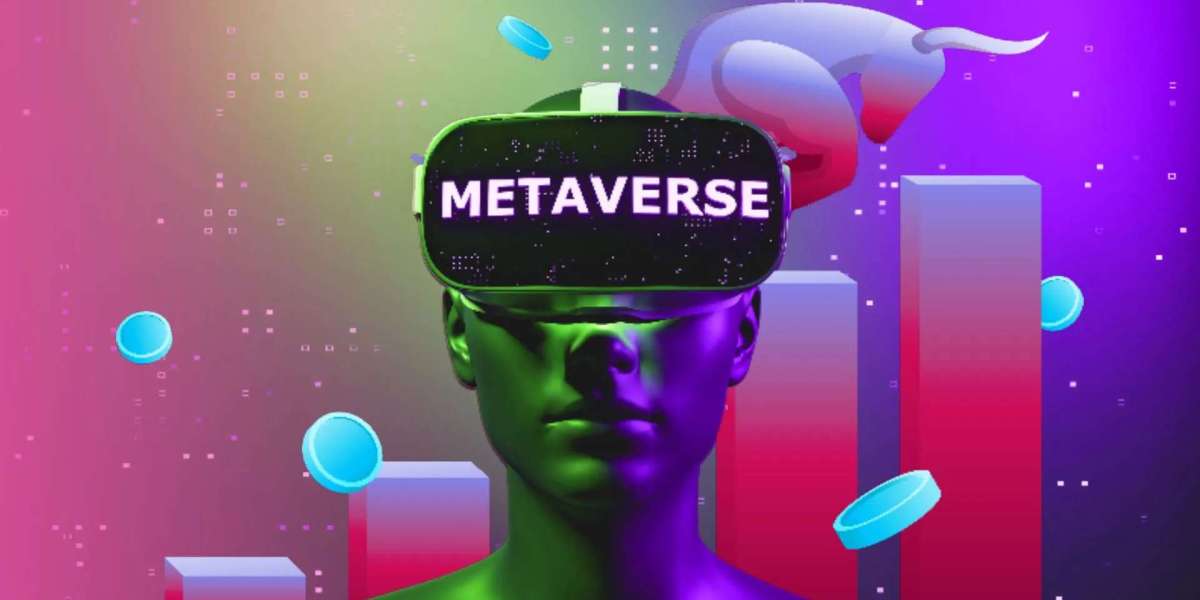The concept of the Metaverse, initially introduced by science fiction author Neal Stephenson in his 1992 novel “Snow Crash,” has transcended its fictional origins to become a palpable and transformative influence in the domain of technology. Currently, the Metaverse stands as a focal point in conversations regarding the trajectory of social interaction, holding the promise of a groundbreaking transformation in how we connect, communicate, and engage with one another. This article will thoroughly examine the Metaverse, shedding light on its evolution and delving into the potential ramifications it might have on the future of social interaction. As discussions surrounding the Metaverse continue to gain momentum, it becomes increasingly pertinent to explore its development and its impact on the technological landscape, particularly within the purview of metaverse development companies.
Understanding the Metaverse
The Metaverse refers to a collective virtual shared space that is created by the convergence of physical and virtual reality. It is a digital universe where individuals, represented by avatars, can interact with each other and the computer-generated environment in real-time. Unlike the internet, the Metaverse aims to provide a more immersive and interconnected experience, blurring the boundaries between the physical and digital worlds.
Key Components of the Metaverse
Virtual Reality (VR) and Augmented Reality (AR): VR and AR technologies are integral to the Metaverse, offering users a sensory-rich experience. VR immerses individuals in a completely digital environment, while AR overlays digital content onto the physical world. These technologies enhance the realism and interactivity of the Metaverse, making social interactions more engaging and lifelike.
Blockchain and Decentralization: The Metaverse often leverages blockchain technology to create decentralized and secure environments. Blockchain ensures the ownership and authenticity of digital assets within the Metaverse, allowing users to have true ownership of virtual properties, items, and currency. This decentralization fosters a sense of autonomy and trust among users.
Social Virtual Reality Platforms: Numerous social VR platforms are emerging, providing spaces for users to gather, communicate, and collaborate in a 3D virtual environment. Platforms like Facebook Horizon, Rec Room, and VRChat enable users to create avatars, explore virtual spaces, and engage in a wide range of activities, from gaming to virtual events.
The Future of Social Interaction in the Metaverse
Immersive Social Experiences:
The Metaverse has the potential to revolutionize social interaction by offering immersive experiences that go beyond the limitations of traditional communication channels. In the Metaverse, users can engage in activities that mimic real-life interactions, such as attending concerts, participating in sports, or exploring virtual museums—all within a shared digital space.
Global Connectivity:
The Metaverse possesses the capability to unite individuals globally, dismantling geographical constraints. People can participate in virtual gatherings and events irrespective of their physical location, cultivating a worldwide sense of community. This heightened connectivity holds the promise of promoting cross-cultural comprehension and collaboration on an unparalleled scale. In the context of metaverse travel, the ability to engage in virtual experiences transcends physical boundaries, opening up new avenues for global connectivity and cultural exchange.
Economic Opportunities:
The Metaverse is not just a space for socializing; it is also an emerging economic ecosystem. Virtual real estate, digital assets, and decentralized currencies within the Metaverse can create new economic opportunities. Users can buy, sell, and trade virtual goods, and businesses can establish a presence in the digital realm, contributing to the growth of a Metaverse economy.
Personalized Avatars and Identities:
In the Metaverse, users have the freedom to create and customize their avatars, allowing for a more expressive and personalized online identity. This customization goes beyond mere aesthetics; it can extend to the way individuals present themselves, fostering a sense of authenticity and self-expression that may be limited in traditional online interactions.
Challenges and Considerations
Privacy and Security Concerns:
As the Metaverse becomes more integrated into daily life, concerns about privacy and security will inevitably arise. The collection of user data, the potential for identity theft, and the need for robust security measures will be critical considerations to address to ensure a safe and trustworthy virtual environment.
Digital Inclusivity:
Access to the Metaverse should not be limited to those with high-end technology or economic resources. Ensuring digital inclusivity is essential to prevent the creation of virtual spaces that exclude certain demographics. Efforts should be made to bridge the digital divide and make the Metaverse accessible to a broad and diverse audience.
Regulatory and Ethical Frameworks:
The Metaverse raises complex legal and ethical questions related to digital property rights, intellectual property, and user behavior. Establishing clear regulatory frameworks and ethical guidelines will be crucial to govern virtual interactions and transactions, fostering a fair and responsible Metaverse ecosystem.
Conclusion
The emergence of the Metaverse signifies a fundamental change in our interactions with technology and each other. Its capacity to redefine social engagement, nurture worldwide connections, and generate novel economic prospects is substantial. Yet, as we explore this digital frontier, it becomes imperative to confront issues tied to privacy, inclusivity, and ethical considerations. The Metaverse showcases the potential for a more immersive, interconnected, and inclusive trajectory for social interaction. As technology progresses, observing the metamorphosis of this digital landscape is bound to be captivating. Within the realm of metaverse use cases, the transformative impact on social dynamics, global connectivity, and economic opportunities comes to the forefront.



